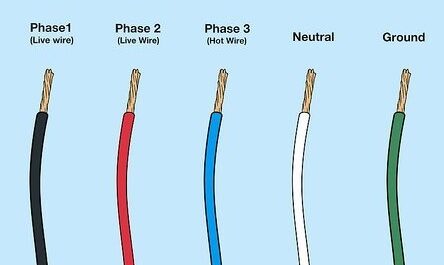Introduction:
The 1960s was a decade of great change and innovation, with the introduction of new technologies and advancements in various fields. Electrical wiring was no exception, and the era saw significant developments in how homes and buildings were wired. In this article, we will take a closer look at the electrical wiring of the 1960s and how it has evolved over the years.
The Basics of 1960 Electrical Wiring:
In the 1960s, electrical wiring was primarily made up of two-wire cables, with a live and neutral wire. The cables were encased in rubber insulation and were often run through metal conduits to protect them from damage. The use of ground wires was not yet common, and homes were not required to have a ground-fault circuit interrupter (GFCI) installed in areas like bathrooms and kitchens.
The electrical systems of the 1960s were also limited in terms of their capacity. Homes typically had 60-amp service, which was adequate for the appliances and devices of the time, but would not be sufficient for today’s energy-intensive electronics and appliances.
Safety Concerns:
The electrical systems of the 1960s had a few safety concerns, particularly when it came to the lack of GFCIs and the use of aluminum wiring. Aluminum wiring was popular in the 1960s due to its low cost, but it was found to be a fire hazard in the years that followed. Additionally, the lack of GFCIs meant that homes were not protected from electrocution, particularly in areas where water was present.
Changes Over the Years:
Since the 1960s, there have been significant improvements in electrical wiring. Ground wires and GFCIs are now standard in all homes, and the use of copper wiring has replaced aluminum wiring, eliminating the fire hazard. Homes now have 100-amp or even 200-amp service, allowing for greater electrical capacity and the use of energy-efficient appliances.
Conclusion:
The electrical wiring of the 1960s was a product of its time, with limitations and safety concerns that have since been addressed. Today, we have safer, more efficient, and more capable electrical systems that are capable of powering the technologies and devices of the modern world.


